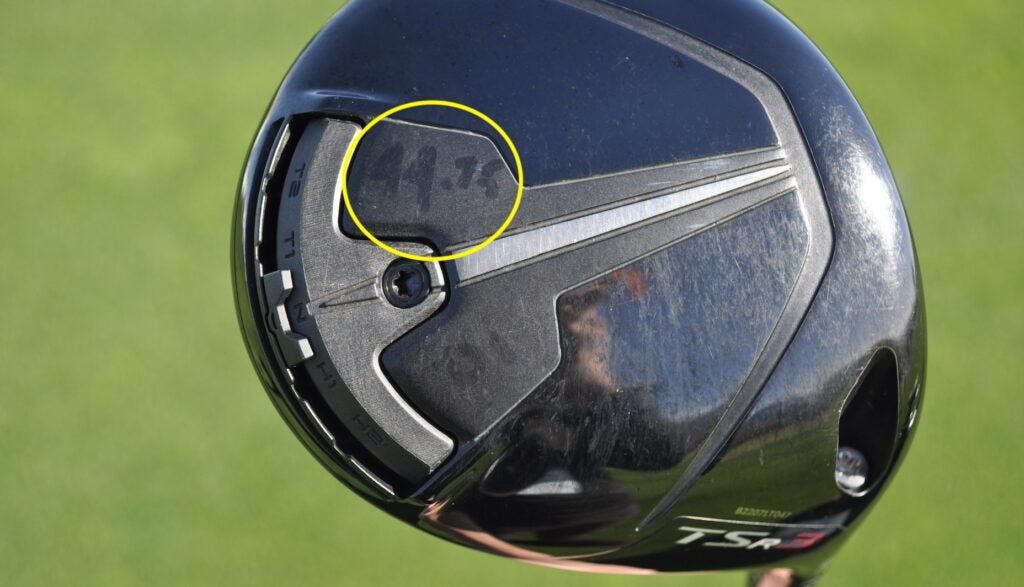Will Zalatoris made his long-awaited return to the course two weeks ago at the Sentry Tournament of Champions following a five-month layoff due to two herniated disks in his lower back. Much of the downtime was spent rehabbing the back — and getting married — outside of trip to the Titleist Performance Institute in December to work with Dr. Greg Rose on possible ways to prevent a future injury.
The conversations with Dr. Rose eventually led to offseason swing changes he implemented for the first time in competition in Hawaii.
“[T]he big thing for me is we spent a lot of time understanding the pressures of my golf swing and understanding how I push off my right side,” Zalatoris said. “And I do it later than a lot of guys, so what that does for someone with a lot of side bend is that gets my right hip high and on my spine’s tilted back, and so as Dr. Rose said, duh, no wonder I had a back issue.”
Coinciding with the swing changes, Zalatoris also made a minor modification to his Titleist TSR3 driver that’s hidden in plain sight — outside of a number written in black permanent marker on the head: 44.75.
The number is the current length of Zalatoris’ gamer, which happens to be an inch-and-a-quarter shorter than his previous at 46-inch build. During an interview on the latest edition of GOLF’s Fully Equipped podcast, Zalatoris revealed the shorter length has sapped some of his distance, but not to the point where he’s ready to go back to the previous 46-inch build.
In fact, it has improved a valuable area of his driver game.
“The beauty is I’m actually only a mile per hour slower because I’m more efficient,” Zalatoris said. “That’s going back to working with [Dr. Greg Rose] on everything.”
At 46 inches, Zalatoris boasted one of the longer driver builds on Tour last season. At his current length, he’s right in line with the average driver length on the PGA Tour, a number that might seem short by today’s 45.5-inch retail average.
There are obviously pros and cons to going shorter, and it greatly depends on whether the driver is a weapon or one of the weakest clubs in the bag. If a slice is the most common miss, going shorter can make it easier to square up the head at impact, thereby improving your chances of center face contact.
In most cases, going shorter to gain accuracy is the way to go, even if it means sacrificing carry distance.
For Zalatoris, who 11th last season in SG: Off-the-tee, he was able to give up the added length and not skip a beat. (During the Tournament of Champions, he ranked 5th in driving distance.)
While the shorter driver length seems to fit Zalatoris at the moment, he’s not sold on sticking with the build longterm.
“I would love to [go back to 46 inches], especially after going around [PGA West],” Zalatoris said. “I’m looking at some of the bunkers where it’s a 325-yard carry and saying, ‘dammit.’ I probably will [go back] at some point, but I’m still getting my feet wet coming back. I just want to see how my body reacts.”
Want to overhaul your bag for 2023? Find a fitting location near you at GOLF’s affiliate company True Spec Golf. For more on the latest gear news and information, check out Fully Equipped podcast below.
